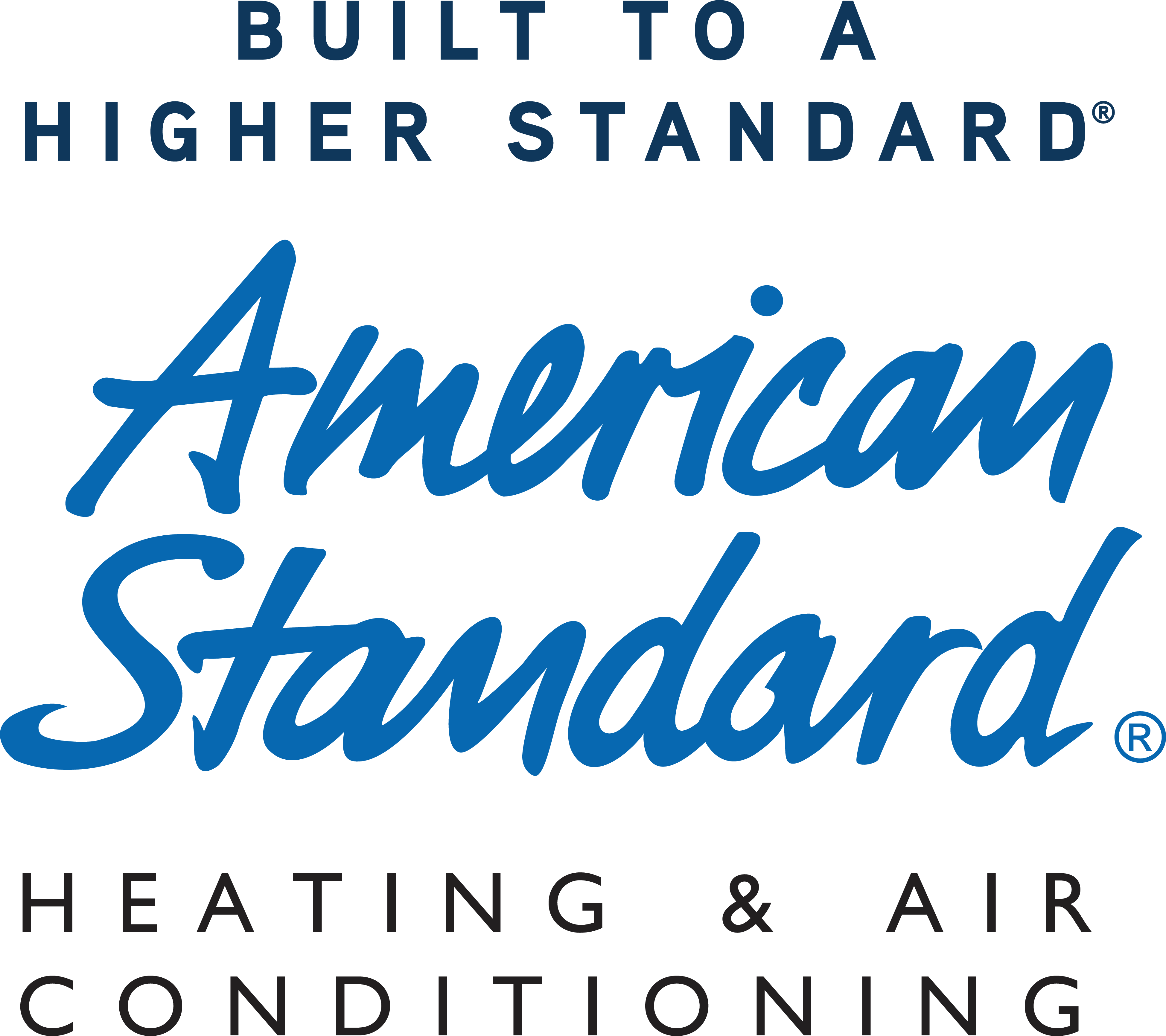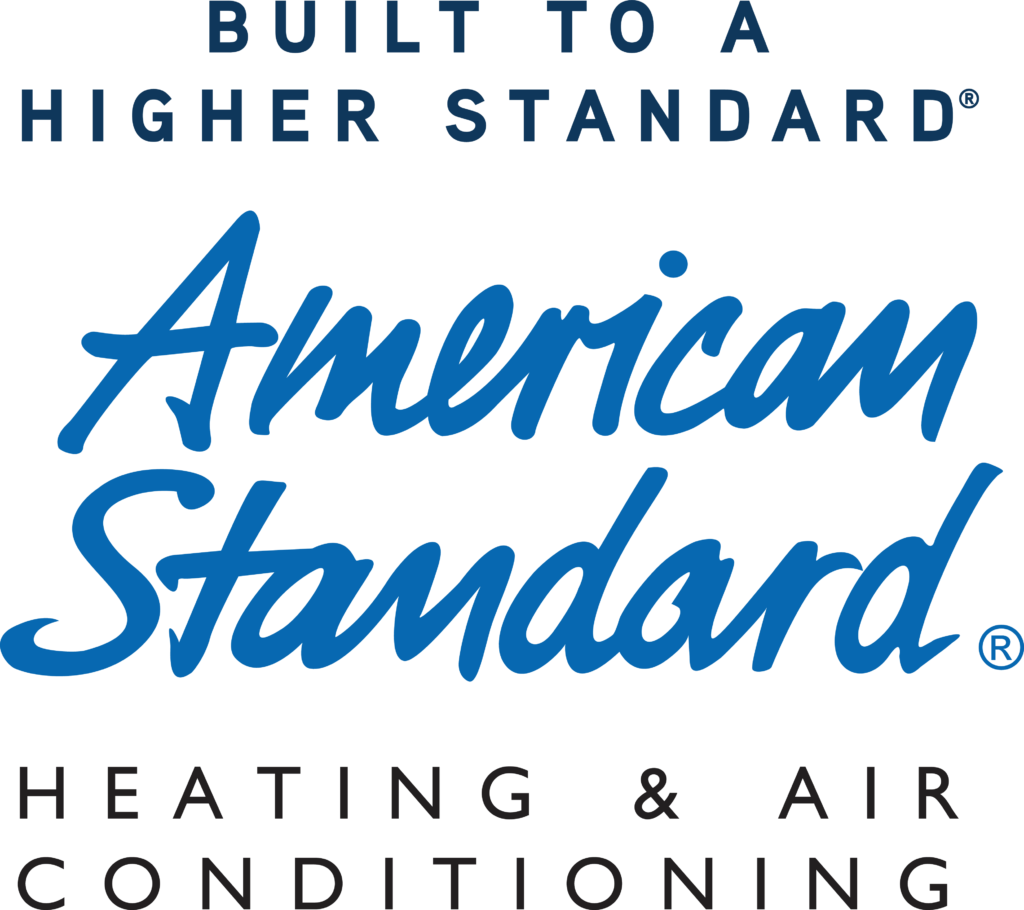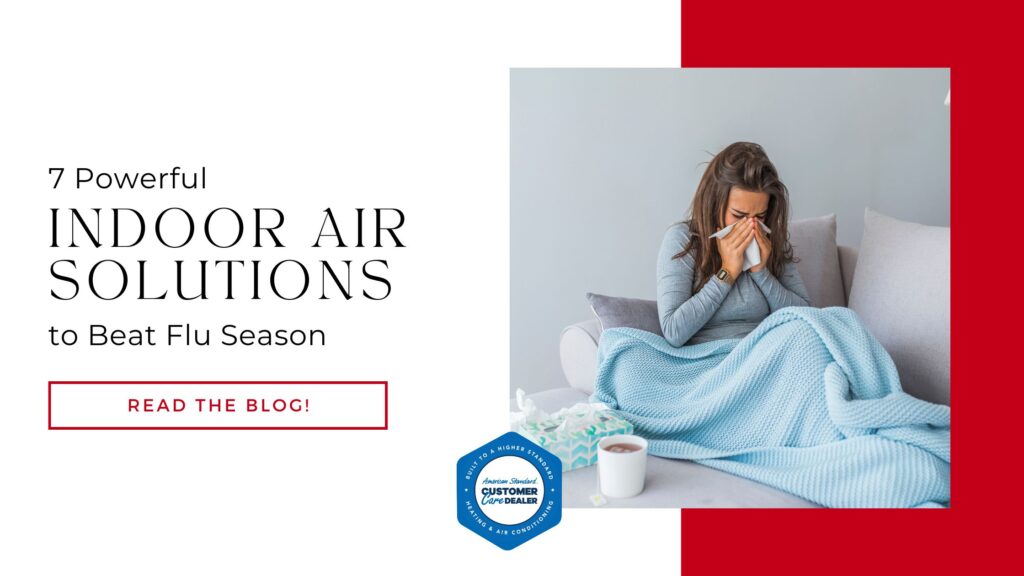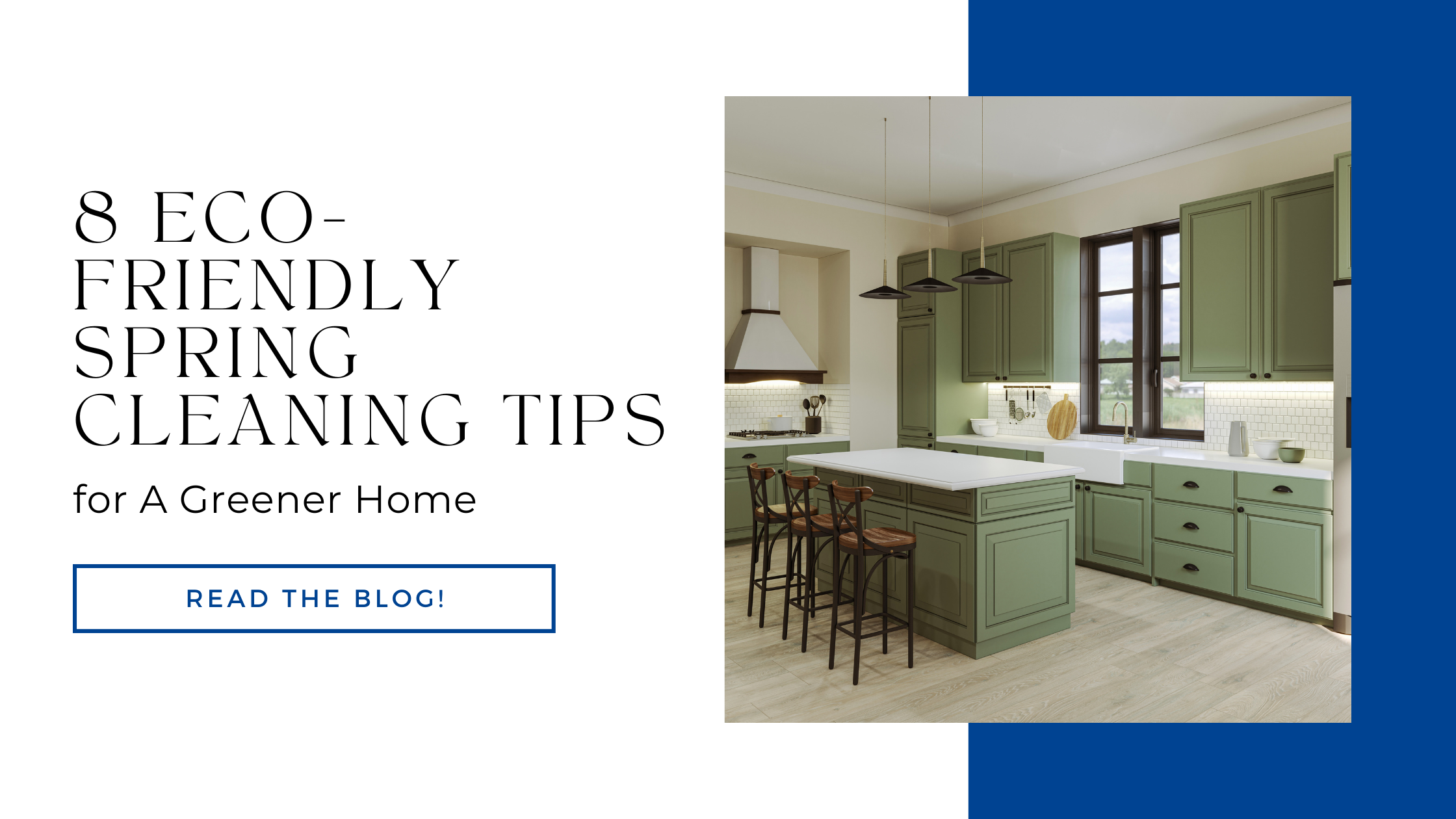7 Powerful Indoor Air Solutions to Beat Flu Season
As flu season arrives, so do the sniffles, sore throats, and endless boxes of tissues. While good hygiene and flu shots are your first line of defense, many families overlook the role indoor air quality plays in preventing illness. In fact, poor indoor air can significantly increase the spread of airborne viruses—especially in homes that are sealed up tight during colder weather.
The good news? With the right tools and strategies, you can dramatically reduce airborne contaminants and protect your family this flu season.
In this post, we’ll walk you through 7 powerful indoor air quality (IAQ) solutions that help stop the flu in its tracks—and create a cleaner, healthier home all year long.
1. Install a Whole-Home Air Purifier
Air purifiers are one of the most effective tools for eliminating flu viruses and other pathogens from the air.
Unlike small portable units, whole-home air purifiers are integrated into your HVAC system and treat the air in your entire home. These systems use advanced filters and/or UV light technology to capture and destroy viruses, bacteria, dust, and allergens.
Benefits:
- Neutralize airborne viruses (including flu and cold viruses)
- Eliminate mold spores, pet dander, and dust
- Improve respiratory health and reduce allergy symptoms
2. Use High-Efficiency HVAC Filters
Your HVAC system’s air filter is your first line of defense against harmful particles. During flu season, it’s especially important to use high-efficiency filters, such as MERV 13 or higher, which can trap particles as small as 0.3 microns—including many viruses.
Tips:
- Replace your filter every 1–3 months
- Choose filters with a MERV rating between 11 and 16 for optimal filtration
- Have your system checked to ensure it can handle higher-efficiency filters
3. Add UV Germicidal Lights to Your HVAC System
UV-C lights can be installed inside your ductwork or near your HVAC coils to kill microorganisms on contact. These lights disrupt the DNA of viruses, bacteria, and mold, rendering them harmless before they circulate through your home.
Why It Works:
- Continuously sterilizes the air moving through your system
- Helps prevent microbial growth on HVAC components
- Works silently and requires minimal maintenance
4. Control Indoor Humidity Levels
Viruses like the flu thrive in dry air, which is common in sealed indoor environments during colder months. Maintaining proper humidity levels can help reduce virus survival rates and support your family’s immune system.
Ideal Range:
- Keep indoor humidity between 40% and 60%
- Use a whole-home humidifier during dry months
- Avoid over-humidification, which can lead to mold growth
5. Improve Ventilation with Fresh Air Systems
Without fresh air circulation, indoor air becomes stale—and a breeding ground for illness-causing microbes.
Whole-home ventilators or energy recovery ventilators (ERVs) bring in fresh, filtered air while maintaining energy efficiency.
Benefits:
- Reduces buildup of airborne contaminants
- Removes stale air, odors, and indoor pollutants
- Supports healthier lungs and immune systems
6. Keep Ductwork Clean and Maintained
Your HVAC ducts can harbor dust, mold, pet dander, and other irritants that worsen flu symptoms and respiratory issues. Regular duct inspections and professional cleanings reduce the chance of airborne illnesses spreading throughout your home.
What to Look For:
- Visible dust buildup around vents
- Musty odors when the HVAC is running
- Unexplained allergy or flu-like symptoms
7. Schedule a Seasonal HVAC Tune-Up
An overlooked HVAC system is not just inefficient—it could also be recirculating germs. A seasonal maintenance check ensures your system is clean, running efficiently, and ready to keep your home’s air healthy and comfortable.
What’s Included:
- Filter replacement and airflow check
- Coil and blower cleaning
- Inspection for mold, leaks, and poor insulation
Frequently Asked Questions About IAQ During Flu Season
Q: Can an air purifier really protect against the flu?
A: Yes—especially whole-home systems with HEPA or UV technology. While no purifier can 100% guarantee flu prevention, they significantly reduce the presence of airborne viruses and other pollutants.
Q: How often should I replace my HVAC filter in flu season?
A: Every 30–90 days, depending on the filter type and your home’s air quality. If you have pets or someone in the home is sick, replace it more frequently.
Q: Are UV lights safe to use in HVAC systems?
A: Yes. When installed professionally, UV-C lights are completely enclosed within your ductwork and pose no risk to your family.
Q: Is dry air really a problem in winter?
A: Absolutely. Low humidity dries out nasal passages, making it easier for viruses to infect your respiratory system. A humidifier restores moisture and strengthens natural defenses.
Q: What’s the best way to improve air quality quickly?
A: Combine three methods: upgrade your filter, install an air purifier, and add UV lights to your HVAC system. Together, these tools offer layered protection.
Contact Us
Air Refrigeration & Contracting is here to help protect your home and your family during flu season with advanced air purification and HVAC solutions.
Contact us today to learn more about our indoor air quality services! Visit arcbrewton.com or give us a call at 251-867-9255 to schedule your IAQ consultation.
Air Refrigeration & Contracting is a trusted American Standard Heating & Air Conditioning Customer Care Dealer in Brewton, AL. Follow us on social media for more helpful home tips!









